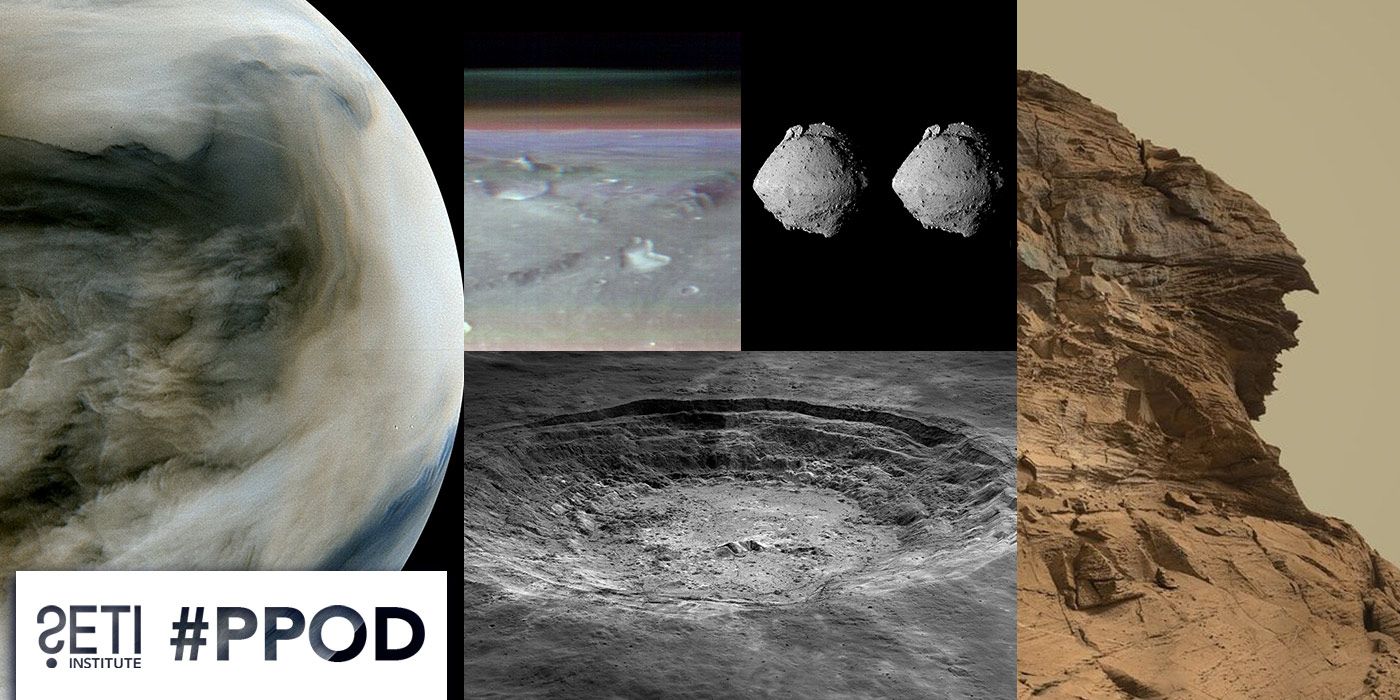
Planetary Picture of the Day
Week of December 4, 2023
Presenting asteroid Ryugu in stereo, along with an amazing view of Mars' horizon and a deep crater on the Moon.
Monday, December 4, 2023
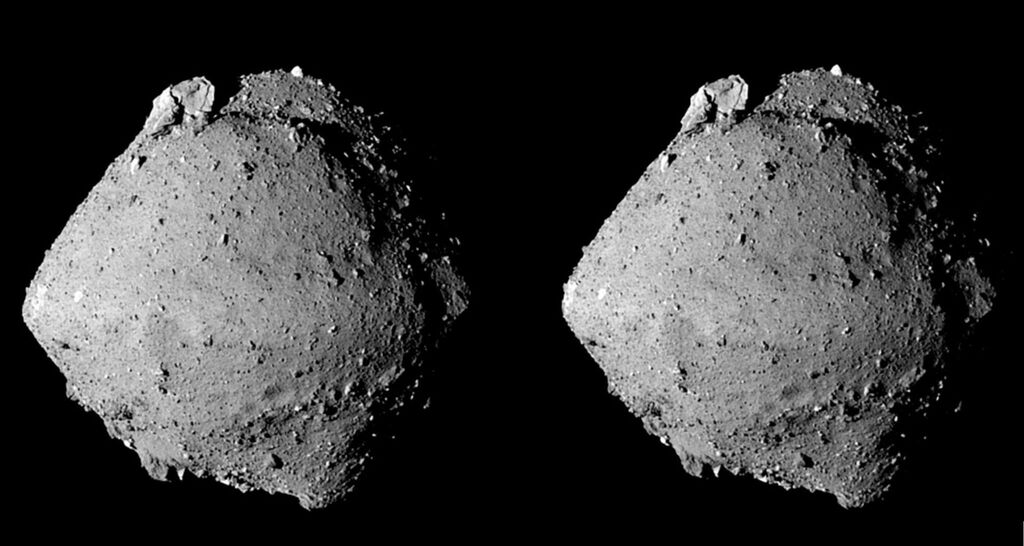
Stereoscopic credit: Claudia Manzoni, Brian May
Stereoscopic Asteroid
This 3D image of Ryugu was put together by Claudia Manzoni and Dr. Brian May, astrophysicist and guitarist for the British rock band Queen. The top and bottom of Ryugu are inverted compared to how we usually show the asteroid, and this photo has Ryugu’s south pole at the image top. The Otohime Saxum, which is a large boulder, is clearly visible. The stereoscopic view of the asteroid makes the topology of Ryugu’s southern region extremely clear.
If you stare at the image with both eyes, you can make it stand out in three dimensions. However, if this is difficult, it might be easier to achieve if you put a paper partition between the left and right images.
Tuesday, December 5, 2023
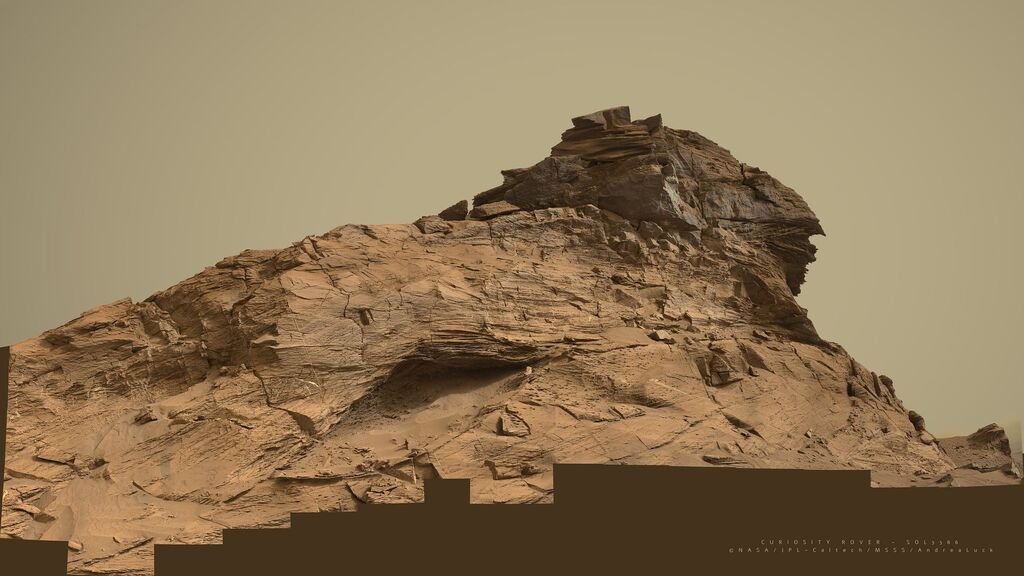
Blackcraig Butte, Mars
Taken by NASA's Curiosity rover with its Mastcam on sol 3386, 13 February 2022, as the rover was on its way up to Mount Sharp inside Gale Crater. Blackcraig Butte is just one of several sedimentary structures imaged by the rover on its climb toward the Greenheugh Pediment.
Wednesday, December 6, 2023
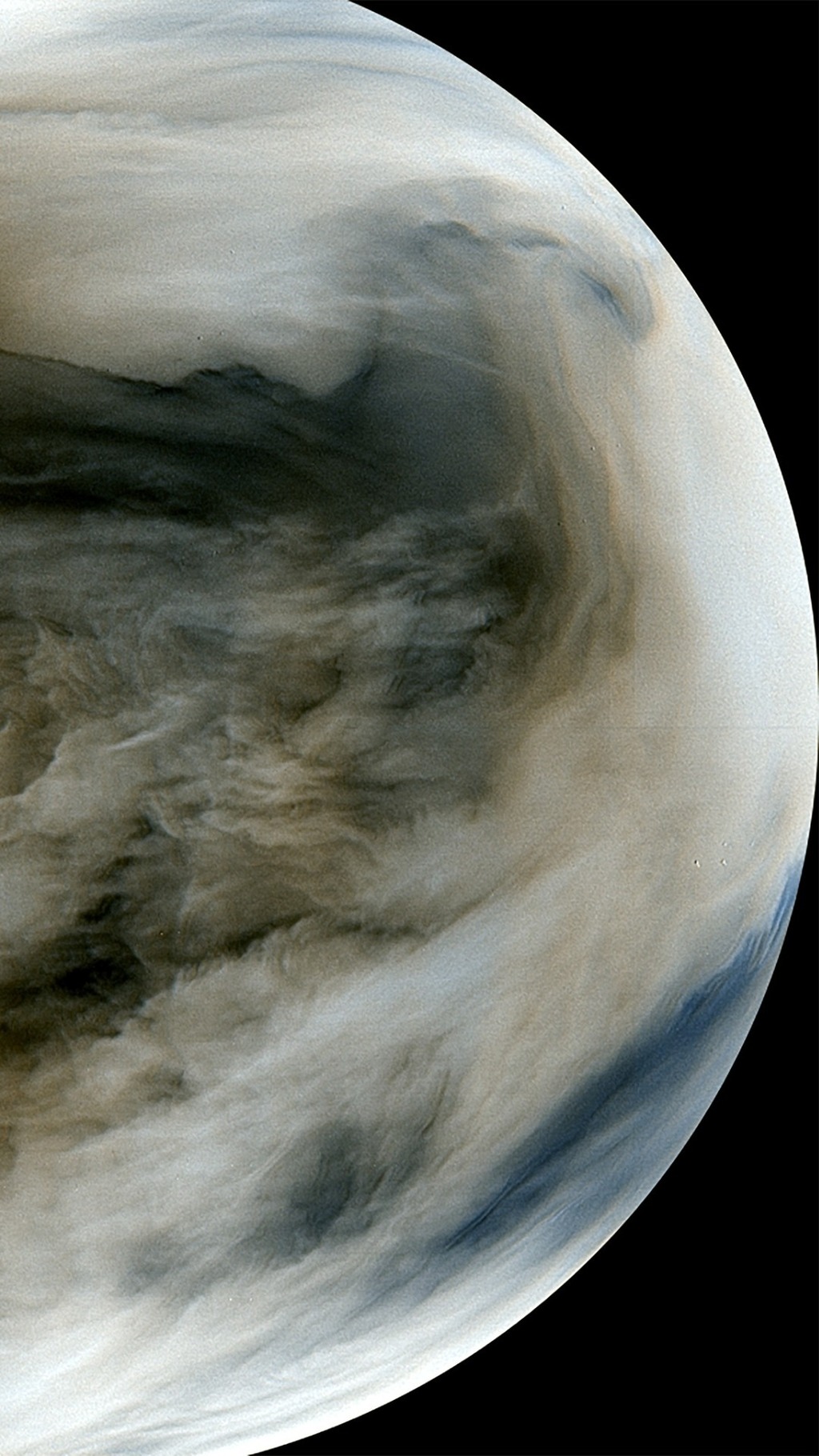
Venus Wallpaper Wednesday
Venus' nightside was photographed in the infrared and processed in false color for studying the atmosphere, as shown in this image captured by JAXA's AKATSUKI spacecraft back in September 2016. On the nightside, the spacecraft observed infrared light coming from the lower atmosphere through clouds. The shadow of the clouds can also be seen in the image. Here, bright and dark are reversed to show clouds in whitish color.
Thursday, December 7, 2023
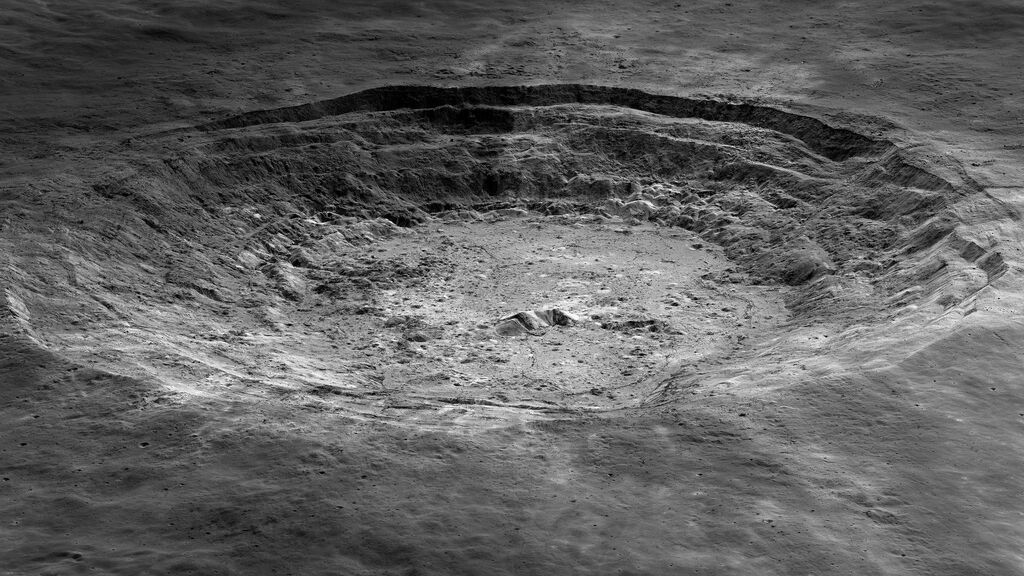
Aristarchus Crater
Aristarchus lies in the northwest part of the Moon's near side. It is considered the brightest of the large formations on the lunar surface, with an albedo nearly double that of most lunar features. The feature is bright enough to be visible to the unaided eye and displays unusually bright features when viewed through a large telescope. It is also readily identified when most of the lunar surface is illuminated by Earthshine. The 40-km-wide crater is deeper than the Grand Canyon at 2.7 km deep!
Friday, December 8, 2023

Mars Horizon
This unusual view of the horizon of Mars was captured by NASA’s Odyssey orbiter using its THEMIS camera, in an operation that took engineers three months to plan. It’s taken from about 250 miles above the Martian surface – about the same altitude at which the International Space Station orbits Earth.
Read more: https://buff.ly/41ev4QK





